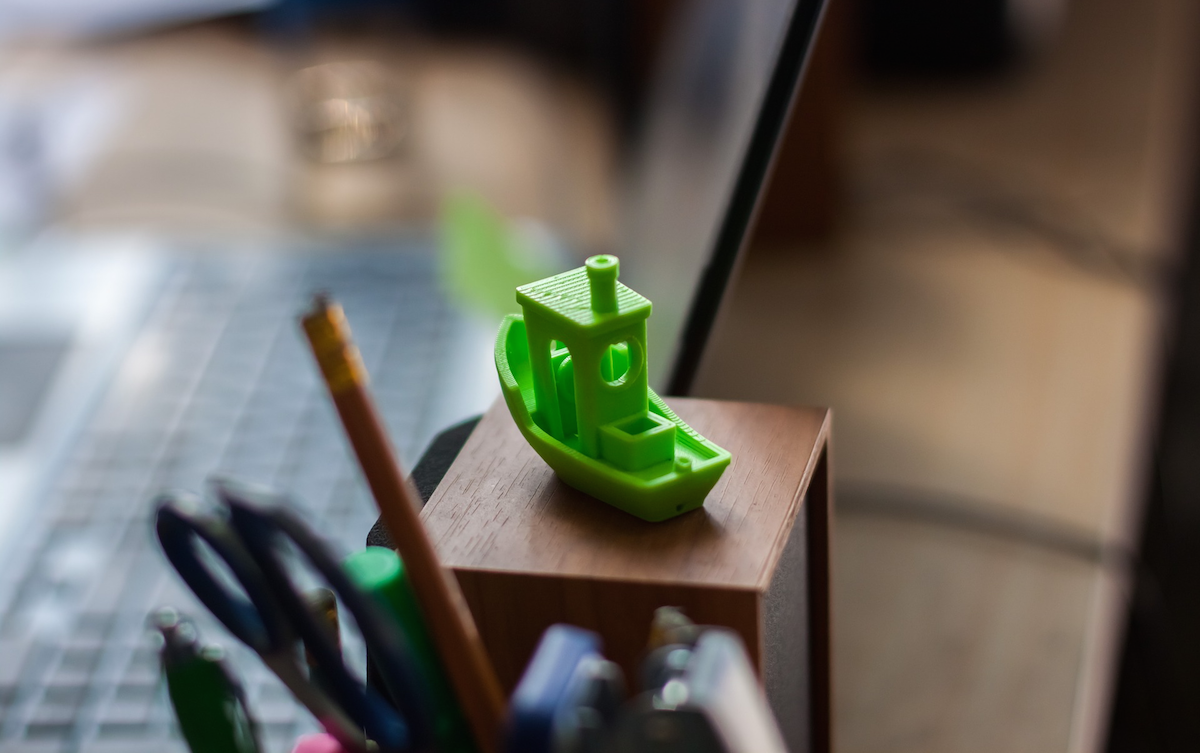As a trade-mark agent, my world is trade-marks. How to protect trade-marks, how to enforce trade-marks, and how to defend trade-marks. That is my raison d’être here at the firm.
Which is why it is odd that today’s blog post is not about trade-marks. As a practitioner working in an environment dedicated to intellectual property and business law, I make it a point to be familiar with related fields such as incorporations, contracts, patents, copyrights and industrial designs. However, while familiar with these areas of the law, I am no expert in them. Fortunately, when it comes to the topics of patents and industrial designs, I know such of such an expert.
With that in mind, a recent experience has opened my eyes to an upcoming revolution which will have a significant impact on the rather unappreciated field of industrial designs. And while I was aware of this upcoming revolution in theory, I had yet to experience it firsthand.
Recently, I had a pair of $150 headphones break on me. Specifically, a piece of plastic measuring less than 1″ x 1″ cracked and fell off, the purpose of which was to hold an earpiece properly in place.
Profoundly annoyed, I thought I was going to have to completely replace my otherwise fully functioning headphones. That is when I made a wonderful discovery. Not only did I find others who shared my plight, but some generous soul had freely done up schematics for 3D-printing a replacement part.
A little time with a friend’s 3D-printer and 10 cents of filament later and my headphones were as good as new. In fact, the durability of the replacement part exceeds the original by such a wide margin that I have joked about breaking the other earpiece, just so I would have an excuse to replace it.
This practical experience emphasized to me that, in less than a decade, the manufacture of common household objects is going to be relegated from the factory to a machine in your home, whose presence will be as ubiquitous as a computer printer. One need only look at the impact MP3s and Napster had on the music industry to garner some insight into how 3D-printing is going to impact the manufacturing industry.
And, just like copyright laws had to adapt to the new realities of digital distribution, the laws surrounding industrial designs will also have to adapt in order to protect the authors of unique product designs from losing billions of dollars in their unlicensed production.
After all, given a choice between 3D-printing an ordinary hammer and 3D-printing a cool-looking hammer, most would print the cool-looking hammer. But that “cool” factor did not magically appear. It was the result of someone’s creative effort, talent and time. And, unless you want to live in a world full of ordinary hammers, any reasonable person would consider such efforts worthy of compensation.







Leave A Comment